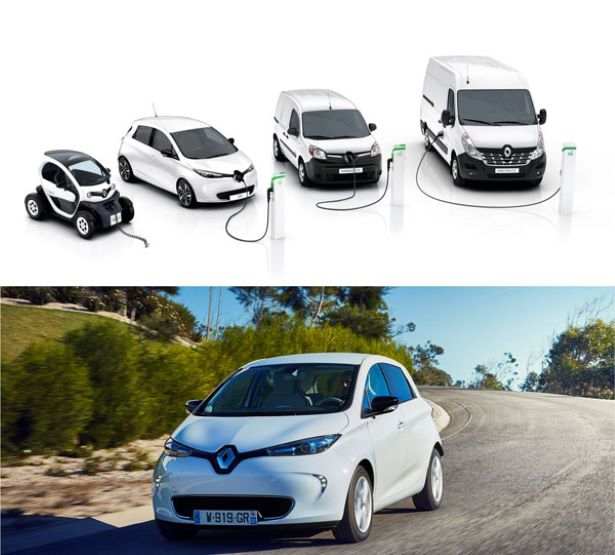
Renault’s Electric Vehicles
Right now the whole world is in a panic over coronavirus. In a strange dichotomy, the economic shock has shown us something unusual. From the canals in Venice running clean and full of fish for the first time in 500 years to CO levels over Los Angeles at early 20th century levels. But the virus will be beaten and we will go back to our old ways of ignoring our world.
Fighting climate change was urgent before the virus and will remain so after it. It takes a long-term effort across several areas. This plan is called Drive the Future. It has been going for several years and its current phase will culminate in 2022. The plan has three legs: electric vehicles, circular economy and new mobilities. We will cover these over the next three months, starting with electric vehicles.
Electric vehicles
Almost one out of every four electric vehicles sold in Europe today is a Renault. The Group’s range is the widest on the market, with the Renault ZOE, Twizy and Kangoo Z.E. There is the RSMSM3 Z.E. sedan sold in Korea and the new Renault Master Z.E.
By 2022 Drive the Future will see eight electric vehicles and 12 electrified vehicles. Renault is building on more than a decade of building electric vehicles, while more than 30 000 Groupe Renault workers have been trained in specific aspects of electric mobility.
The reason Renault is concentrating so much on electric vehicles is simply to reduce pollution and greenhouse gases. Studies have shown that if 20% of vehicles in the city centre was electric, the proportion of exhaust particles would be reduced by 30% and nitrogen dioxide by 45%. These reductions are most noticeable when and where pollution is normally felt most, such as where pedestrians and cars intersect and during peak traffic.
Electric power is enormously important in the fight against climate change because these vehicles emit no carbon dioxide while driving. Obviously, the generation of the electricity to power these cars can emit CO2, but the carbon balance is still much better than equivalent internal-combustion engines (ICE) in most countries. In Europe, the ZOE averages 72g/km compared to 100g/km for similar ICE.
The carbon footprint will vary depending on the carbon level of local power plants. This is very low in France, where the ZOE’s carbon footprint is a minuscule 14g/km.
There were several barriers to EVs, but innovations and improvements are knocking these down. Renault is increasing the range of its vehicles, and at the same time making them more powerful. For example, you can now get a ZOE with an 80kW motor.
Charging too is easy, with the Renault Z.E. Pass app guiding you to the nearest of 20 000 charging stations in Europe with space to charge your car. Renault Z.E. Smart Charge, on the other hand, is another app that will activate your vehicle’s charging to coincide with cheapest electricity rates and lowest carbon emissions.
South Africa sadly lags behind Europe when it comes to EVs, largely because of our lost decades of generation innovation and capacity building. So most of our cars are ICE, with the Renault range being particularly nICE.

